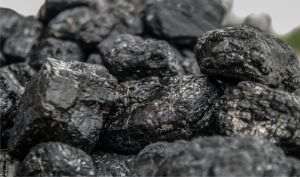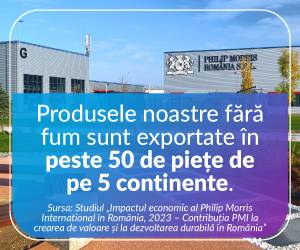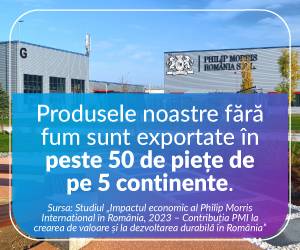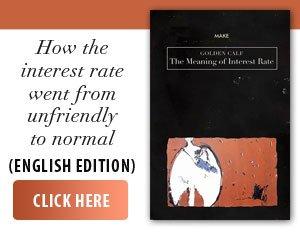The Indian capital, New Delhi, is once again experiencing the nightmare of smog. The city of over 30 million people woke up on Monday under a thick layer of toxic gases, with pollution levels more than 16 times higher than the limit allowed by the World Health Organization (WHO), according to the AFP agency. Every year, during the cold season, the metropolis becomes one of the most polluted areas on the planet - a suffocating mix of industrial emissions, heavy traffic and smoke from burning agricultural waste. Data provided by the Swiss company IQAir, which specializes in monitoring air quality, shows that the level of fine particles PM2.5 reached 248 micrograms per cubic meter in some areas of the Indian capital. By comparison, the WHO recommends a maximum concentration of 15 micrograms per cubic meter. These microparticles, with a diameter of less than 2.5 microns, are extremely dangerous, as they penetrate deep into the lungs and can reach the bloodstream, promoting cancer, cardiovascular disease and chronic respiratory diseases.
The alarming level of pollution coincides with the start of the Diwali festival, one of the most important holidays in the Hindu calendar. Although the authorities have banned traditional fireworks and allowed only the use of "green” ones, considered less polluting, the measure is often ignored. Millions of residents still mark Diwali with massive pyrotechnic shows, which release huge amounts of particles and toxic gases into the atmosphere. "The combination of fireworks, heavy traffic and agricultural burning is turning the city into an open-air gas chamber,” a public health expert told The Hindu.
• Multiple causes: industry, traffic, agriculture
The thick smog that blankets New Delhi every winter is the result of a combination of factors. Lower temperatures and weak winds prevent the dispersion of pollutants, while industrial plants and heavy traffic continue to pump emissions into the air. Farmers in neighboring states also play a role, burning crop residues after harvest - a practice that is banned but still widespread. Faced with mounting criticism, local authorities have announced an unprecedented measure: for the first time, New Delhi will resort to artificial cloud seeding to induce rain and disperse the smog. The capital's government has also called for an uninterrupted power supply to reduce the use of diesel generators, considered a major source of emissions. However, officials warn that pollution levels could continue to rise in the coming days, amid holidays and adverse weather conditions.
• Pollution kills: 1.6 million victims annually in India
A report published in the journal The Lancet shows that 1.67 million deaths in India, in 2019 alone, were attributed to air pollution. Respiratory diseases, heart disease and lung cancer are ravaging, and children and the elderly are the most vulnerable. Environmental organizations warn that living in New Delhi is equivalent to smoking 20-25 cigarettes a day, due to the huge concentration of fine particles. New Delhi is a global symbol of the urban air crisis, but it is not an isolated case. Cities such as Beijing, Karachi, Dhaka or Lagos face similar problems, exacerbated by increasing urbanization and climate change.
According to the International Energy Agency (IEA), air pollution causes more than 7 million premature deaths worldwide each year.

























































